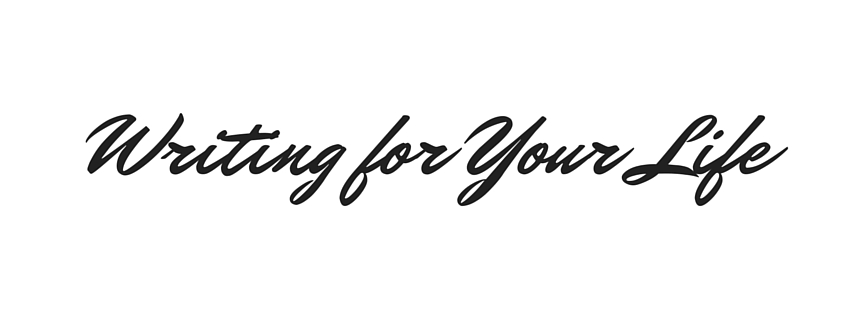Intellectual property is an enormous asset, and when you sign a traditionally published deal, you are giving it to someone else.
And here’s the thing: You cannot control what ultimately happens after you publish your book unless you have a huge bankroll and can buy the result (which some authors do!). What you can control is the effort and the intention behind the book.
I’m not saying it’s easy to set your ego aside. I was lucky in a way because Wiley crushed my ego and forced me to write the book that needed to be written, not the one they told me would sell. I was still scared nobody would buy my book, but I believed deeply that if I could help just one investor avoid my mistakes, it was worth it.
If you can set your ego aside and focus on the reader who needs you, the book will come from a much more emotionally stable place. And, if your book doesn’t sell thousands of copies, you can more rationally evaluate the situation because your book was the product, not you.
Maybe traditional publishing is right for you; but quite likely, it’s not.
The biggest benefits of pursuing a traditional deal is that the publisher pays the upfront costs and your book more easily gains traditional distribution. The New York Times is more likely to deem your book worthy of their bestseller list if you hit big enough sales numbers. For the most part, you’ll still be responsible for marketing. Your publisher may line up a few media appearances and book signings. Ultimately, though, the publisher is going to look at you to sell your book.
Let me repeat that part because it’s important.
Even with a traditional publishing deal, the vast majority of authors are responsible for marketing their books.
In other words, you do all the sales work, and they take 75-85 percent of the revenue. On a per book copy, traditionally published authors generally make less than $1 per book sold. In contrast, when they self-publish and sell through traditional channels like Amazon and bookstores, they make somewhere between $4-$6 per copy, depending on their price point, book size, and other print and publishing choices. When they sell books in bulk or direct, they can make two to three times that! So can you.
From “Self-Publish & Succeed: The ‘No Boring Books’ Way to Write a Non-fiction Book That Sells” by Julie Broad
